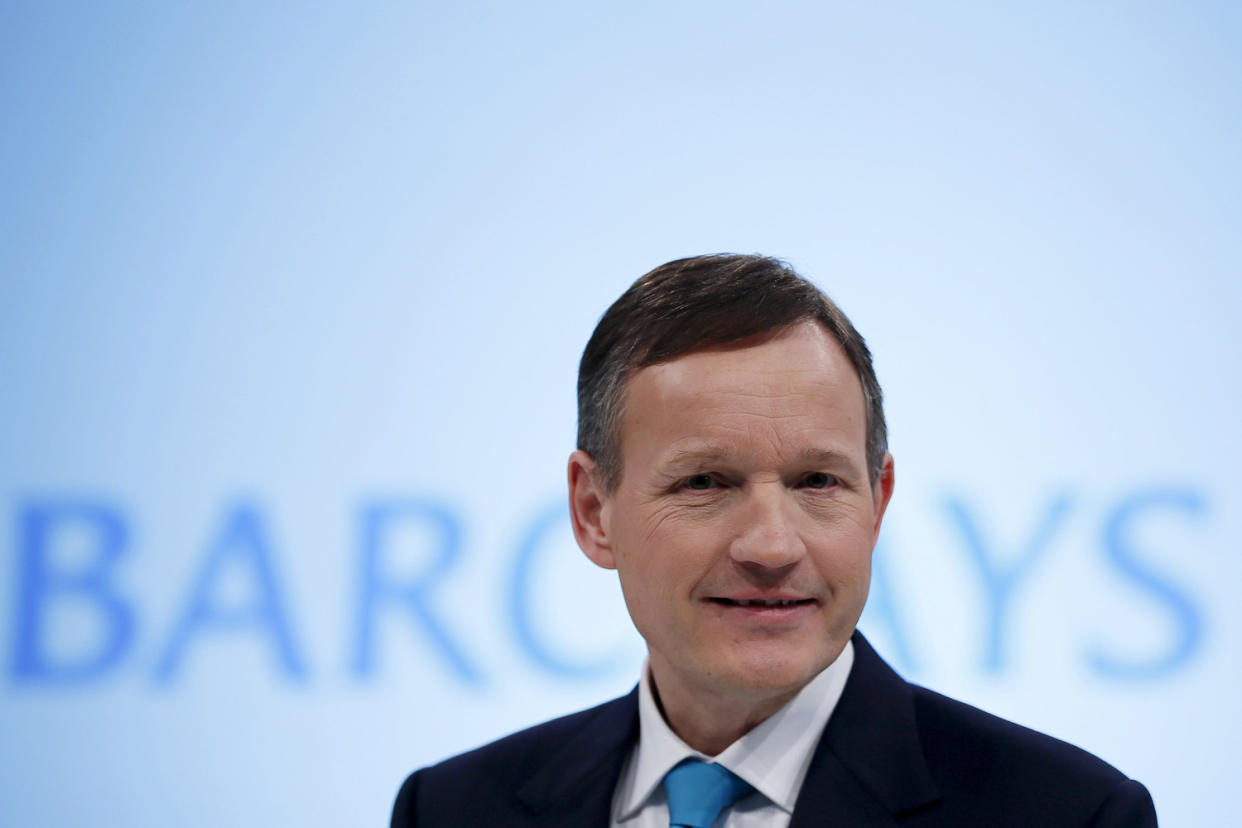Anthony Hilton: Wealth managers must modernise to survive

Given that these are meant to be unstable and turbulent times, the wealth management sector is doing very well for itself. Each year the research group Compeer compiles data on industry trends and its report covering the performance of 153 firms representing 95% of the industry was published yesterday.
It showed that assets under the control of wealth managers had risen to an all-time record of £826 billion — more than double the level of seven years ago.
Within that, total Sipp and ISA assets have also doubled since 2010 and now account for more than a quarter of total funds.
Clients have done rather less well with growth more or less in line with the relevant indices.
Generally speaking they seem happy enough, to judge from the fact that close to £30 billion of new money has poured in during the 12 months under review.
In circumstances like these you would expect the firms to be awash with profit, and most are.
Wealth management is a licence to print money if you get it right and 35 firms have a profit margin of more than 30%. Six of that number make over 50% which, one suspects, is a rather better return than their clients enjoy.
But the sector also has its share of dogs. Hard though it is to believe, a total of 32 firms — one-fifth of the total survey — actually make a loss in spite of these buoyant conditions and the multi-year rise in stock markets.
Another 24 are operating on a margin of less than 10%. This makes one question the quality of the management at the bottom end, given that the bulk of the firms earn a margin of between 10% and 30%.
Some firms have gone out of business or arranged for themselves to be taken over in the past year and it is likely that more of the persistent loss-makers will follow.
But the bigger question is how long the rest of the industry can survive in spite of its current prosperity with what looks from the outside like a remarkably old-fashioned business model, relying as it does on large numbers of expensive and hard to find frontline staff.
Technology is the challenge. Most of the firms are prepared to spend what are for them fairly large sums, but their preoccupation with compliance and regulation means this is where most of the money gets channelled.
Their insecurity and inability to feel comfortable in the company of nerds comes out as an alarming tendency to want to develop their own solutions in-house rather than partner with the brightest and best from outside.
This gives their systems a leaning towards the cumbersome, the limited and the expensive — which they then regret.
Using technology to improve the client experience is rarely the first thing that comes to mind, in part because most of the firms think their clients have a limited appetite for it, believing that most prefer contact with a human.
Given that the average client is well over 50, they may have a point but less so perhaps than they think because asking the clients tends to produce a different answer.
Though it is true clients do not want to spend their life in conversation with a robot, they would rather like to be able to get regular portfolio updates and a lot more, preferably on their mobile and at times and places convenient to them.
They would prefer simply to email in a photo of their passport page, a pay slip and a utility bill, to become a client, rather than have to fill in a 30-page questionnaire.
It is also a generation thing. Most wealth managers are pretty inept at attracting young people, unless they are the sons and daughters of existing clients, though UBS is making serious efforts with its SmartWealth app.
Its target is what is now known as the Henry — not the noisy vacuum cleaner but an acronym for High Earning Not Rich Yet. In other words, people whom they expect to do well as they get older and want to sign up early.
But there remains a huge gulf between the technology which wealth managers are prepared to embrace and what people in the fintech industry think they should do.
This interestingly plays to the theme of a paper just published by Antony Jenkins, who was briefly the reforming chief executive of Barclays and who is now enjoying a post-defenestration career in fintech.
His thesis is that most managements are insufficiently bold when it comes to technology and, as a result, the industry is plagued by incrementalism — small isolated projects which work as far as they go but lack the ambition to make a big difference.
His message — aimed at banks, but just as relevant to wealth managers — is that innovation is not the same as transformation. Innovation is often actually just playing safe.
Achieving the big wins from technology will require a radical change in managerial ambition and boldness, and it is long overdue.
The bottom line, though, is that if the wealth managers don’t seize the moment, someone else will seize their clients. The industry has long had a sheltered existence and, like so much of financial services, it has been producer led, doing what it wants to do and expecting the client to tag along.
As a business model it has served them well for a long time, but the survivors will be those shrewd enough to realise it is not going to work for much longer.

 Yahoo News
Yahoo News 
